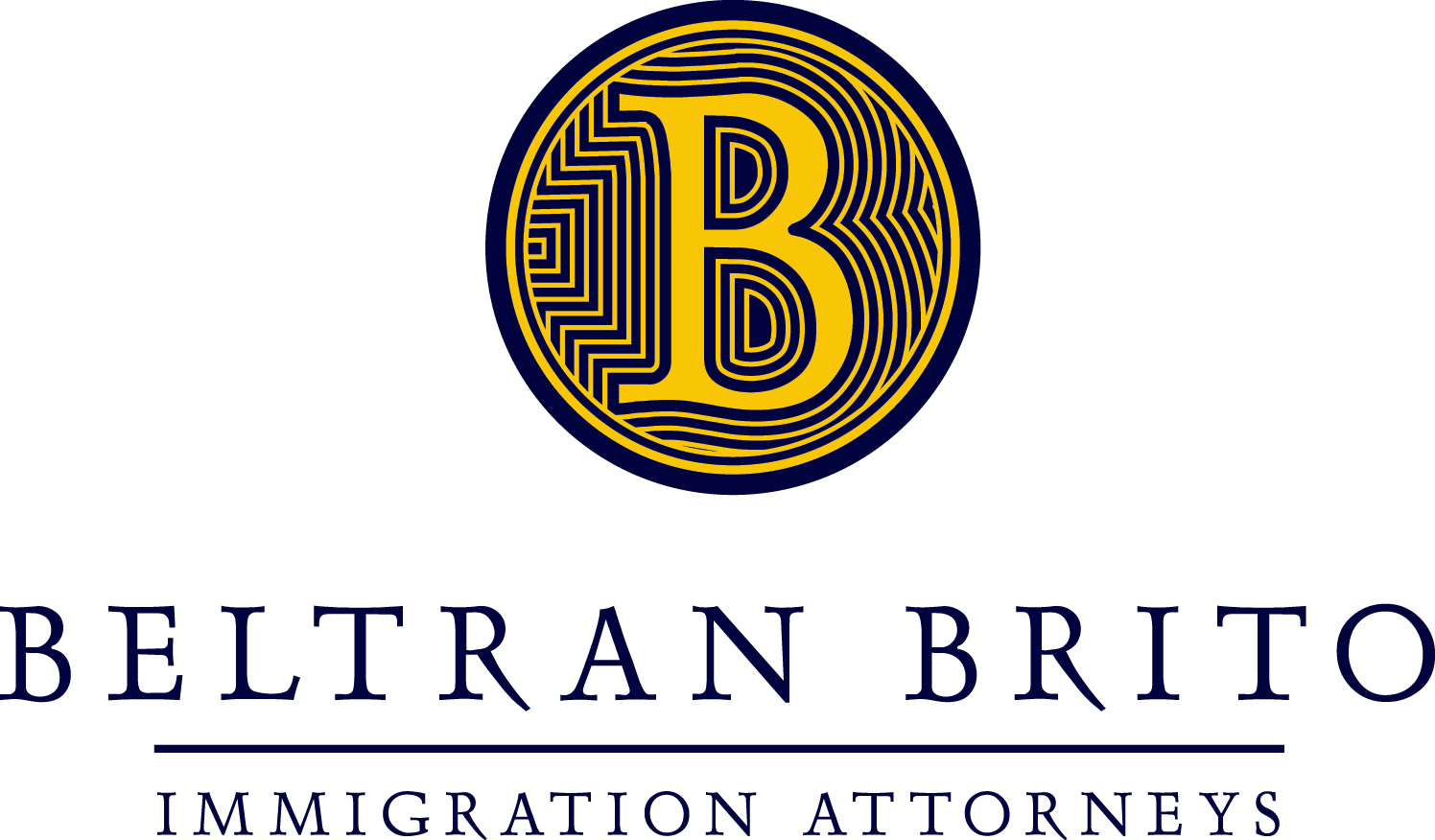 Visas vary according to the applicant’s profession and skills. There are currently more than a dozen visas that allow foreigners to work in the United States. Here are some of these visas:
Visas vary according to the applicant’s profession and skills. There are currently more than a dozen visas that allow foreigners to work in the United States. Here are some of these visas:
- E1 and E2 for investors (and their spouses) subject to treaties.
- E3 for Australians with very specific work activities, for example, nurses (spouses may also apply for this visa)
- H-1B professionals and models. These visas are highly popular among workers in the field of computer science or engineering (STEM occupations). There is an annual limit of visas that can be granted.
- H-2A for temporary agricultural workers.
- H-2B for temporary workers in any field, except in agriculture.
- H-3, for exchange visitors in the field of special education or to train the workforce.
- I, visa for journalists.
- J, for international visitors.
- L-1A, for multinational executives and managers.
- L-1B for workers of transnational corporations with expertise.
- L-2 for the spouse of the holders of the L-1A and L-1B visas.
- O-1, for people with special skills in the field of Arts, Sciences, Education, Sports or Business.
- O-2, for people who support the work of the holder of an O-1 visa.
- P-1, for internationally recognized athletes, sports teams, renowned artists or groups. This section also includes professional gamers.
- P-2 artists in a bilateral cultural exchange program.
- P-3 for people who teach, train or run a cultural program considered unique.
- R-1 religious people as nuns, priests, ministers or rabbis.
- TN, for Mexicans and Canadians, under the North American Free Trade Agreement (NAFTA).
You must have a job offer from an American employer (exception: investors).
It is very advisable to have expert advice. You have to pay the immigration attorney directly in case the company does not take charge of such expenses.
NOTE:Apart from the job offer, you need to meet a number of requirements so the visa is not denied, such as not to be inadmissible to enter the United States.

